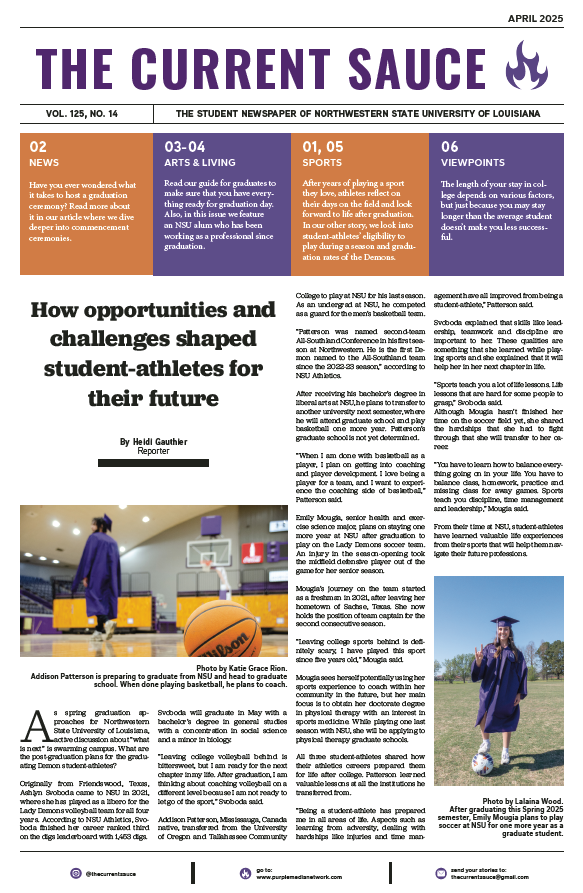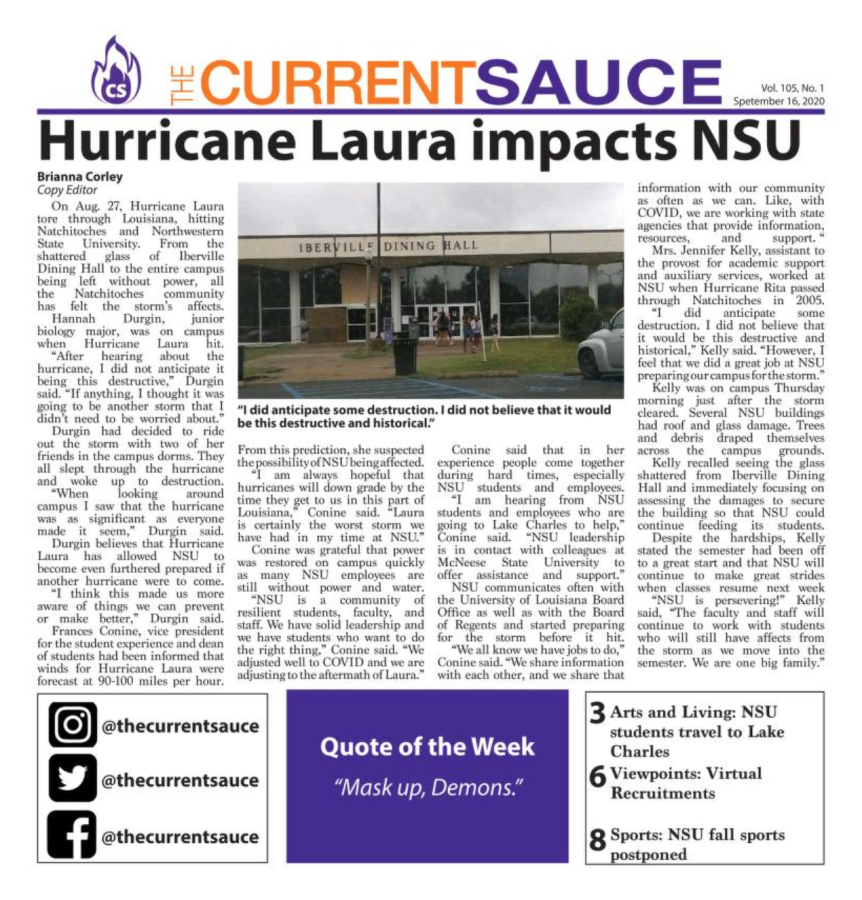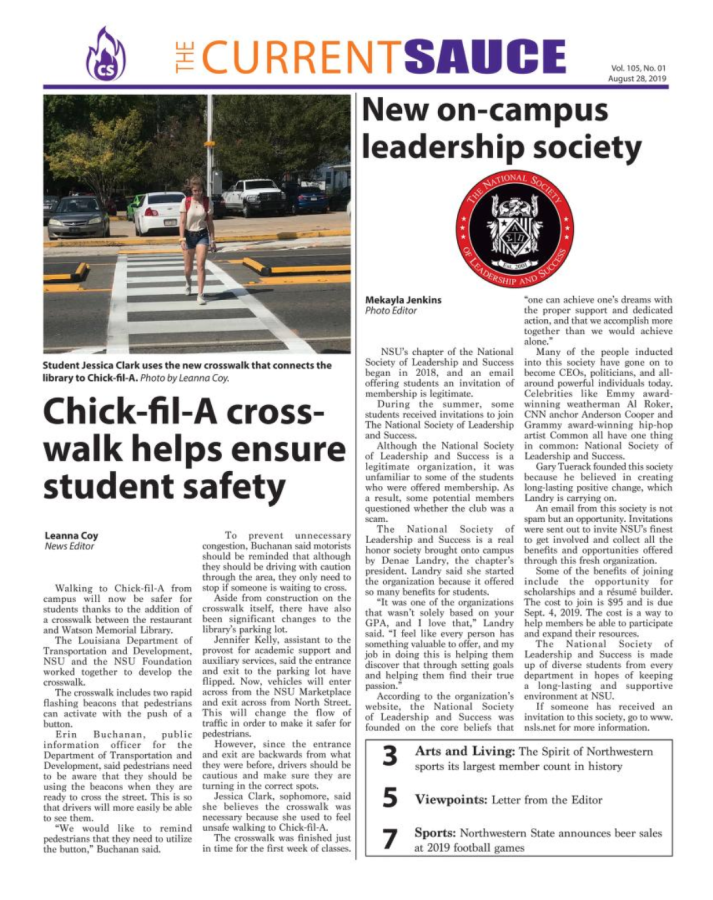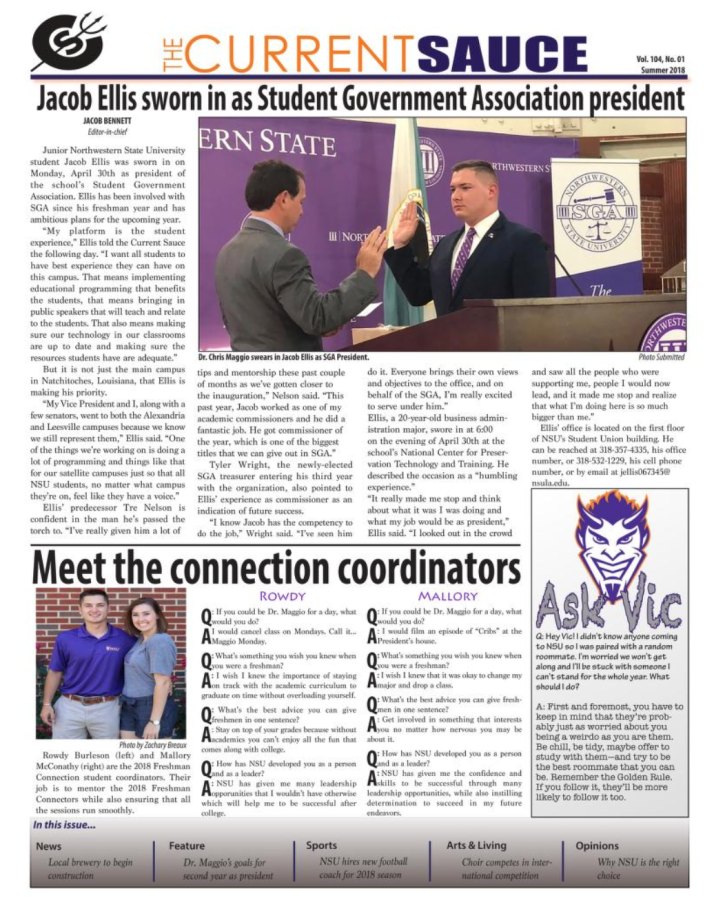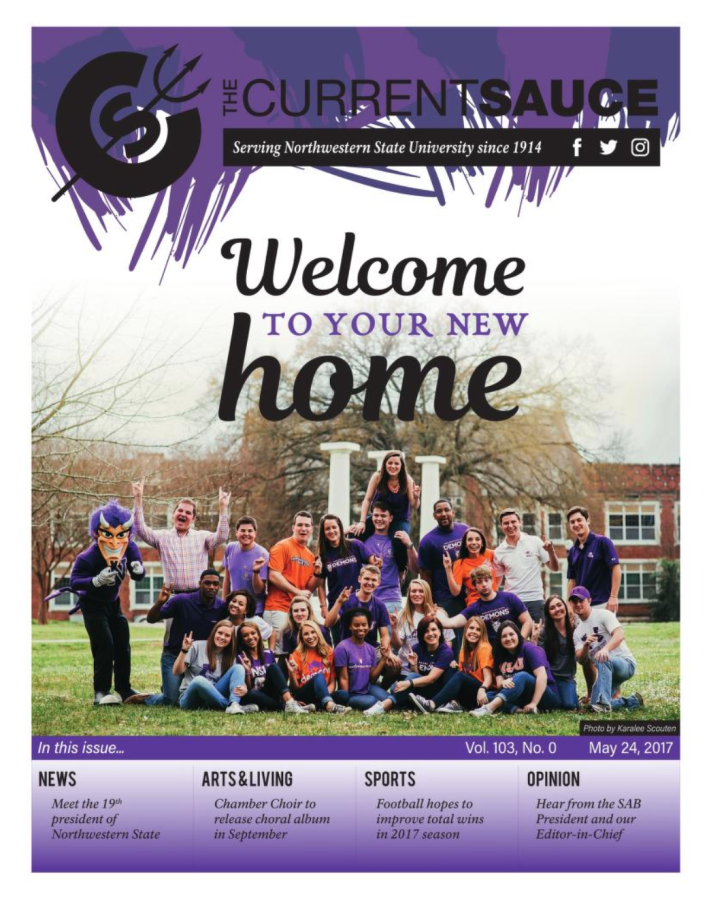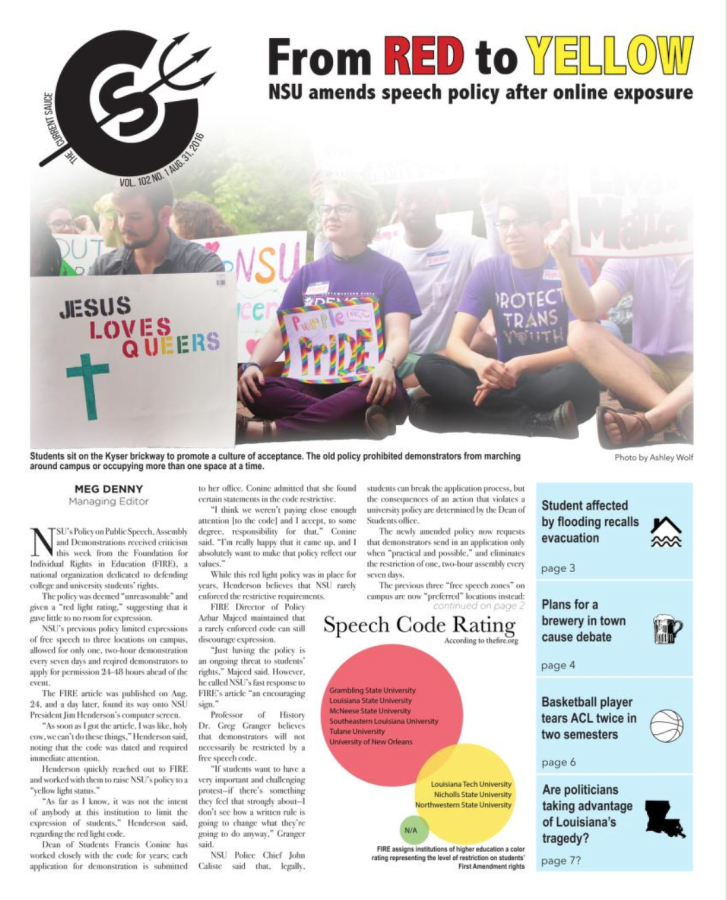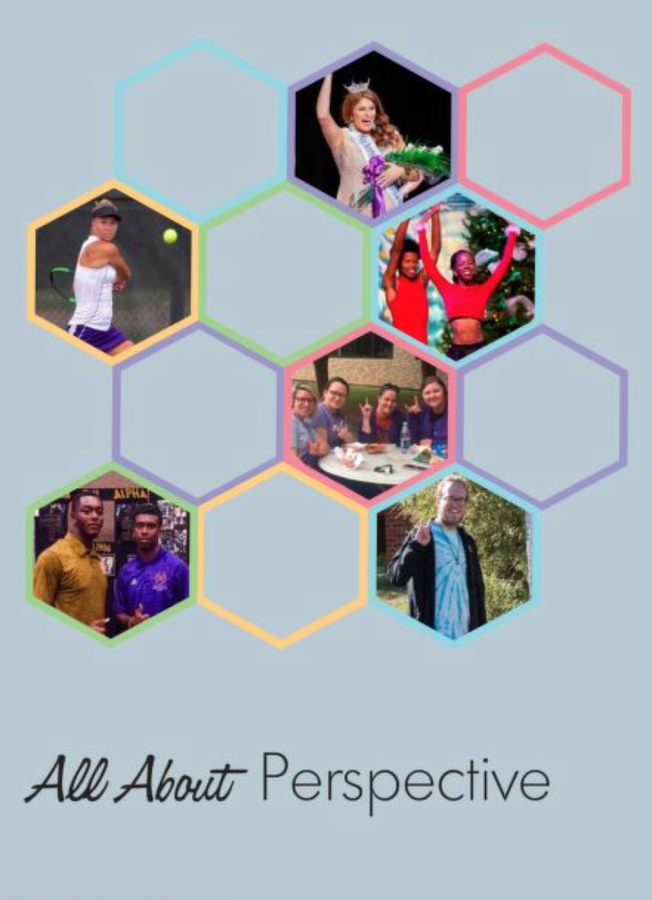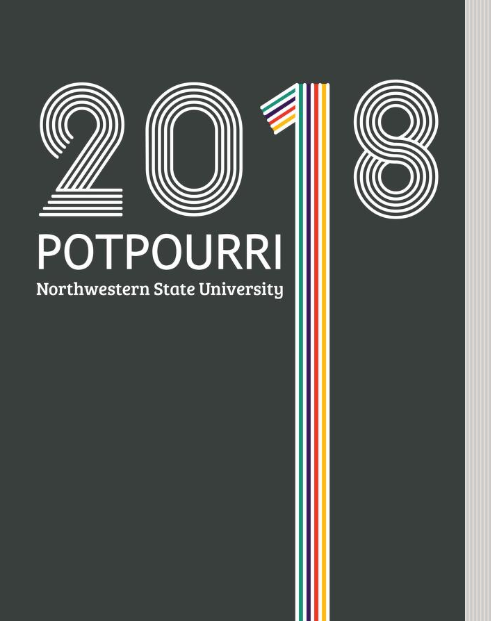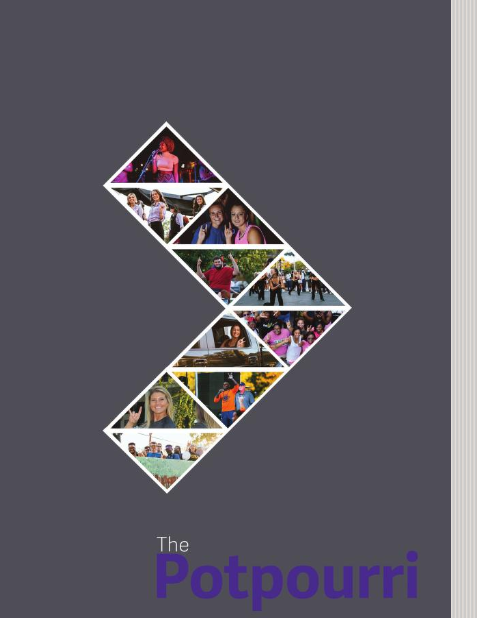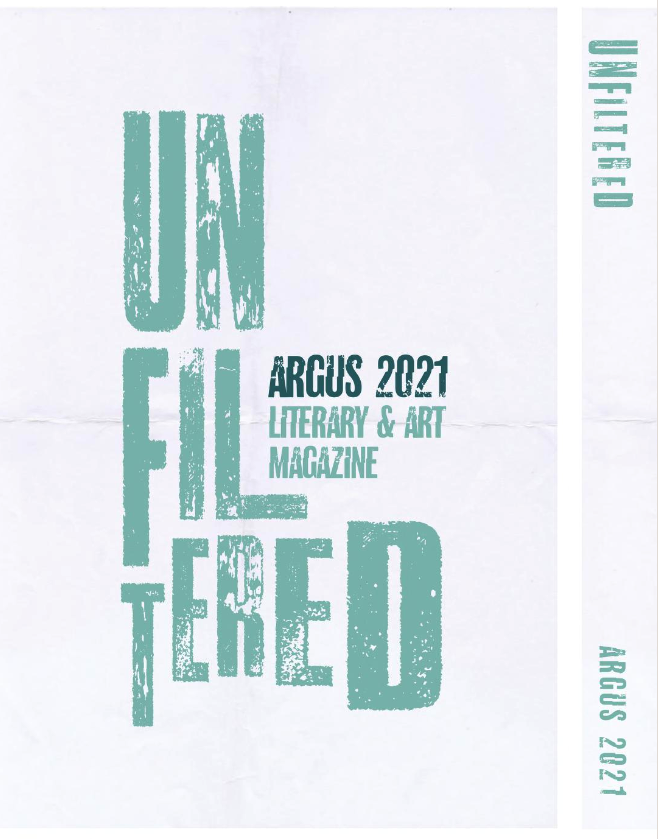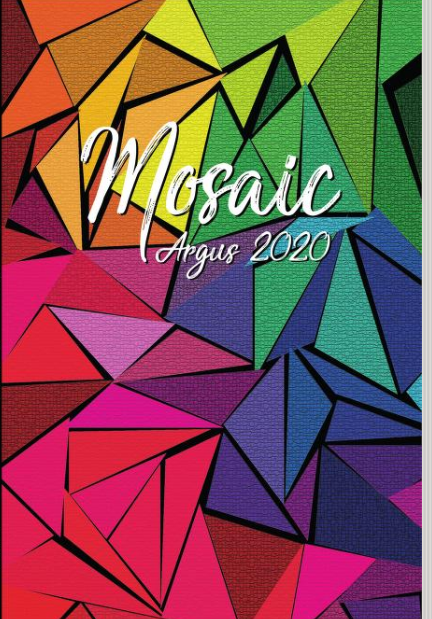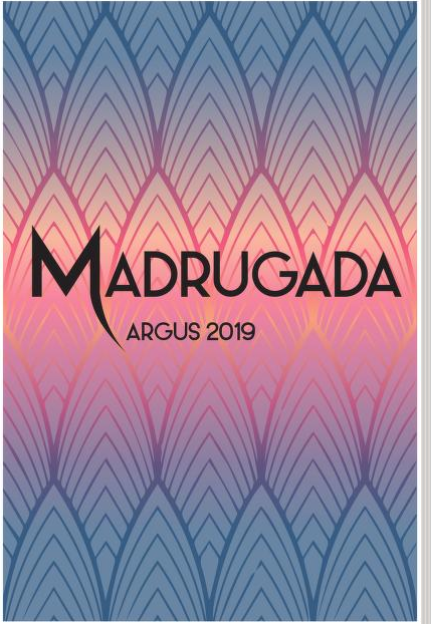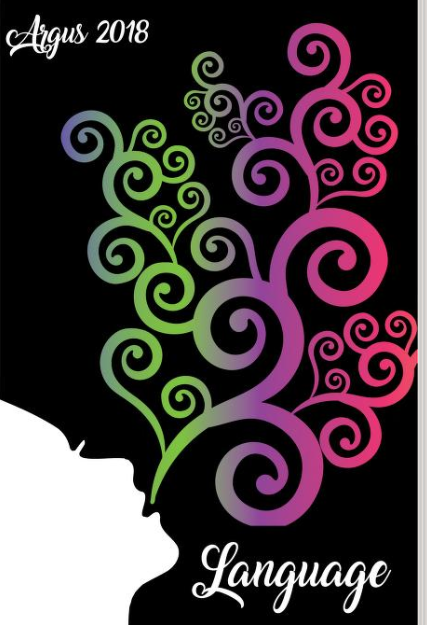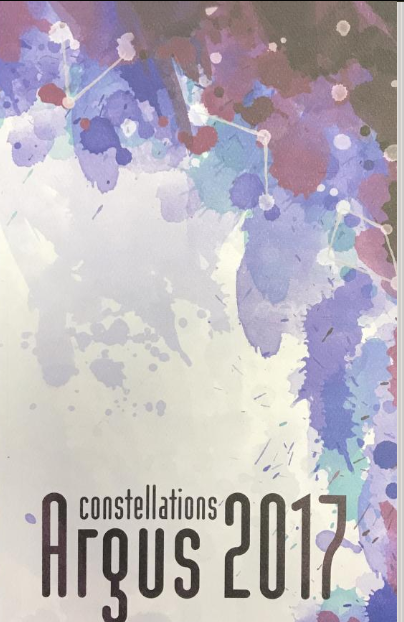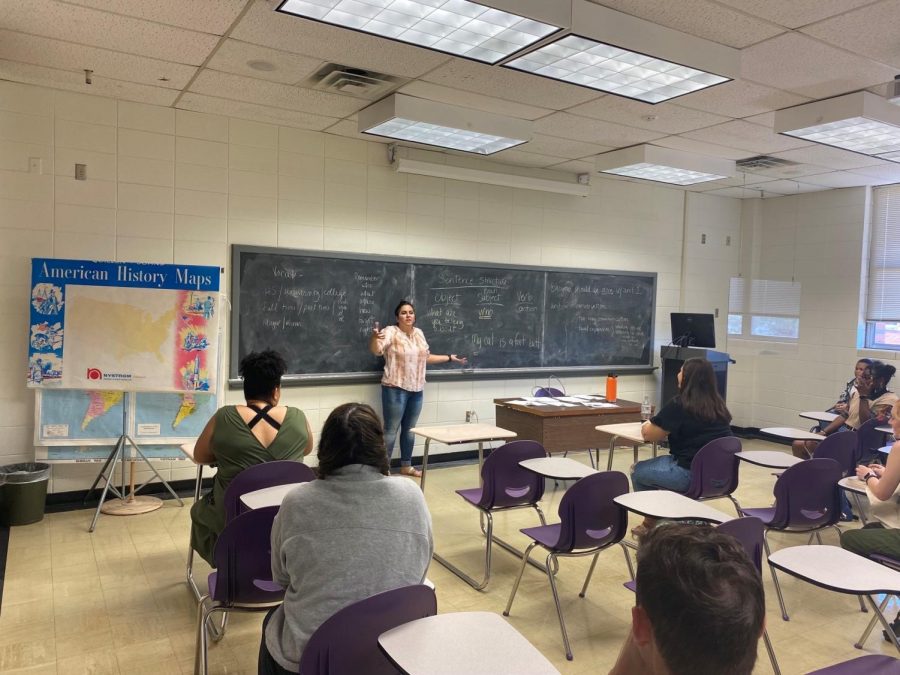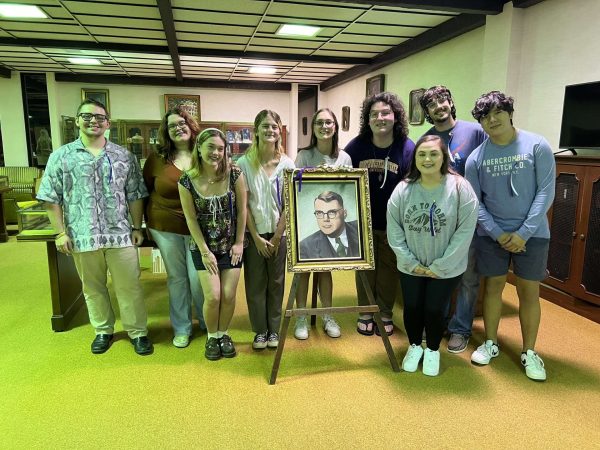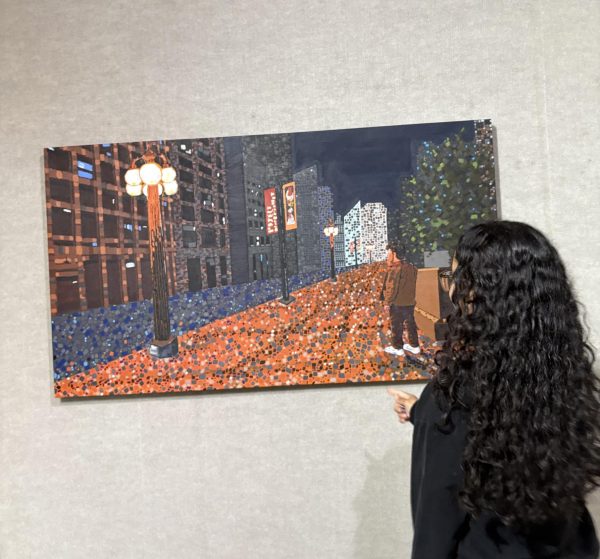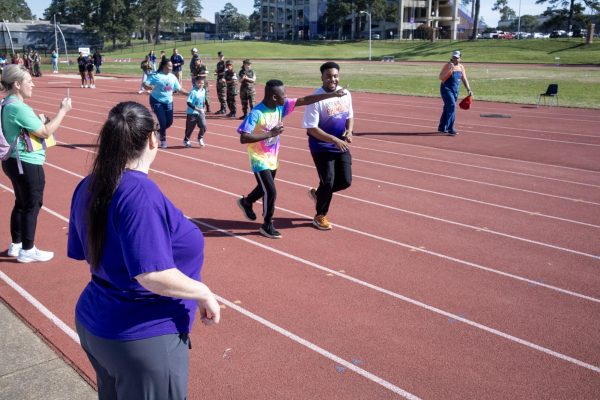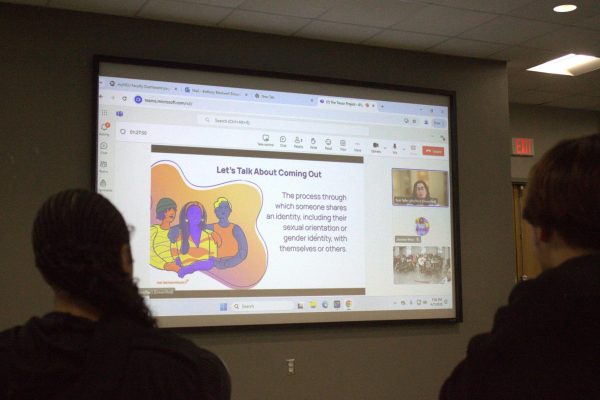Board rules sign language does not count as a foreign language
Most departments and majors accept ASL as a credit for Foreign Language. However, majors under department of English, Foreign Languages, and Cultural Studies do not.
In 2020, the faculty of the department of English, Foreign Languages, and Cultural Studies voted to not have American Sign Language count towards fulfillment of the foreign language requirement for majors in the department.
American Sign Language is the visual language of those with hearing impairment in North America.
The faculty’s choice stemmed from the fact Northwestern State University had only one faculty member, Trena Smith a contracted faculty member from the Deaf Action Center Shreveport who can teach and also communicate between ASL and Signing Exact English, a form of sign language common in rural America.
According to Smith, this is a skill rare among those who teach ASL in Louisiana.
As a class and foreign language requirement, ASL started at NSU as an elective class two years ago.
“There is no university-wide foreign language requirement. Each department at Northwestern determines whether they will have a foreign language requirement or not,” said Jim Crawford, coordinator of the department of English, Foreign Languages, and Cultural Studies. “Some departments on campus allow American Sign Language to count, others do not.”
Most departments and majors accept ASL as a credit for Foreign Language. However, majors under the English department do not.
A history major and senior at NSU who has a hearing impairment, Josh Wells’ major accepted ASL as a foreign language credit.
History didn’t always accept ASL as a foreign language until Josh began his studies at NSU and it came time to take a foreign language.
Wells only learned ASL after he came to NSU. Wells was taught to sign in Signing Exact English rather than American Sign Language.
When he came to NSU, Wells was assigned Smith as his interpreter to help him with his studies, and tried to learn Spanish through the interpreter.
“At first I tried to learn Spanish, but it was far too hard for me. My father, who is Mexican-American, tried to help, but it was still too hard because I’m hard of hearing,” said Wells.
Through the Office of Accessibility and Disability Support on the first floor of the Watson Memorial Library, Wells was able to get
ASL as an elective on campus, and then as a credit for his major.
“Most departments accept ASL as a credit, and because of that, it’s growing the interest of ASL. It’s also good because it allows students to learn how to communicate with those who are deaf in their own communities,” Smith said.
According to Smith, classes for American Sign Language now have a total of three instructors and seven full classes for this semester. These courses include five courses in AMSL 3010 and one in each course of AMSL 3020 and 2010, respectively ASL one, two and three.
Wells and Smith aim to propose adding ASL as a credit at the next department of English, Foreign Languages, and Cultural Studies faculty meeting. There is currently no set date for the meeting.



